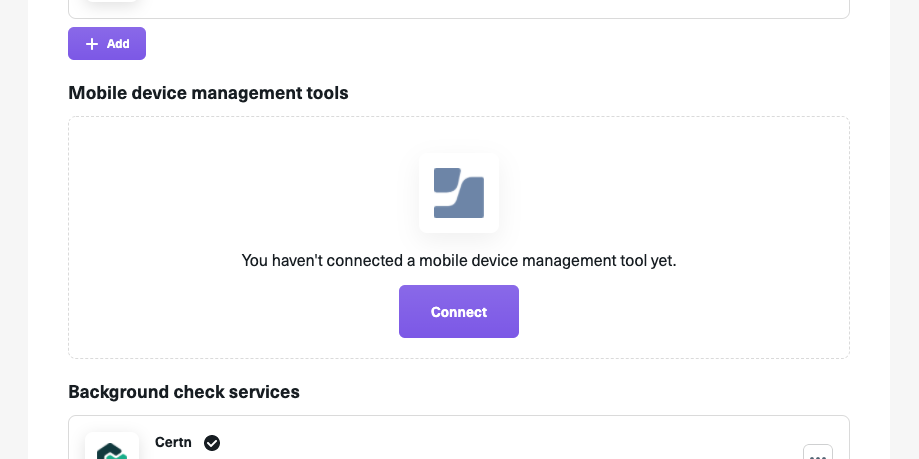


The following diagram shows the typical Jamf Pro and Azure AD IdP integration:Īfter receiving the consent, the Cloud Connector Web application performs authorization of a given client identifier and the received tenant identifier against Azure's authorization endpoint. Jamf Pro cannot write data back to Azure AD. When Jamf Pro is performing lookups in Azure AD, it is in a read-only state. After the application is added, the session is terminated. This means is that the application in Azure AD does not need to be manually created. After successful authentication, an application for Jamf Pro is automatically added in Azure AD to use the Graph API. When setting up the Graph API connection between Jamf Pro and Azure AD, Global Administrator user privileges are required to authenticate. No actions other than reading data are performed in Azure. Together with the consent granted by the administrator via the Cloud Connector, this ensures the directory data are automatically passed and used in the directory workflows in Jamf Pro. When working with directory-related workflows (e.g., adding scope limitations and exclusions), Azure AD cloud identity items are listed under the LDAP headings.Īzure AD as a cloud IdP integration uses Microsoft Graph API and connections to the domain. Accounts and groups added in Jamf Pro must be the standard type. User groups added in Jamf Pro have the same name as groups configured in Azure. You need Global Administrator Azure AD privileges to manage consent requested by the Jamf Pro Azure AD Connector app. Your Jamf Pro instance needs to be hosted in Jamf Cloud. When integrating Jamf Pro with Azure AD, consider the following: Performing user membership lookups and use them to map privileges to relevant accounts in Jamf ProĬonfiguring user authentication and scoping Look up all users and groups for inventory purposes It can take up to 48 hours for your desktop app usage to sync.Integrating Jamf Pro with Azure AD as a cloud identity provider allows for the following LDAP workflows without the need to configure Azure AD Domain Services: Select Submit to complete the integration.
#Jamf pro sso azure password
User Password - Enter the password that you generated.User ID - Enter "intello" or the username you used.

#Jamf pro sso azure full
If you host your own version of Jamf, you can enter the full domain you access Jamf from. In the new window, enter the following information:Ĭompany Workspace - Enter the domain of your Jamf server.įor example, if you use Jamf Cloud and you access the workspace under, you would enter tony-stark. Go to SaaS Management and select Integrations from the navigation menu. Select Jamf Pro Server Objects and enable the following with Read Access: Save this password in your password manager for later.


 0 kommentar(er)
0 kommentar(er)
